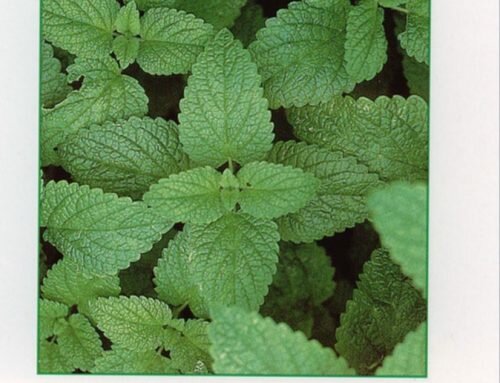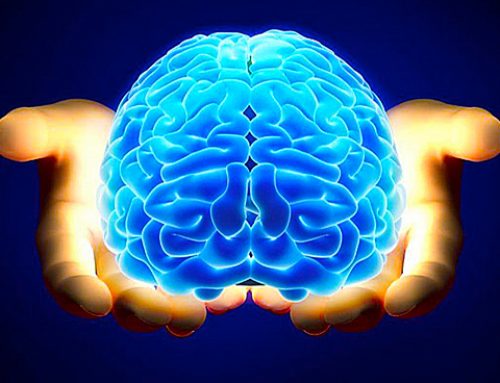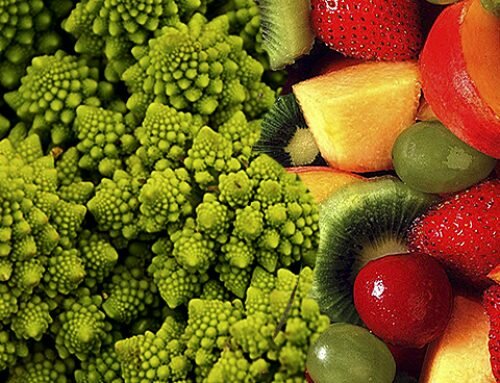Talking about aging, we often think to old people and geriatrics.
Actually, there is a new branch of medicine dealing with these problems: the antiaging medicine.
Contrary to geriatrics, the antiaging medicine doesn’t deal with old people but with all those processes leading an organism to get old.
Therefore, it is a medicine especially addressed to a young public as its aim is to reduce the risk of a premature and pathological aging.
Therefore, now we can more easily understand why is it possible to subdivide population in three big groups:
-healthy population,
that is, people who don’t suffer any disease and in case of some check-up, this would be negative. In this case we talk about welfare.
-indisposed population,
represented by all those people who don’t have any declared disease yet, but who have functional disorders, that is molecular and cellular damages not diagnosable with the routine diagnosis instruments (blood tests, ultrasound scan, CAT or magnetic resonance).
These disorders can only be recorded with non-conventional diagnosis instruments (bioresonance, MDA dosing, BOMs, 8 OhdG, immune and inflammatory profile).
-sick population,
represented by all those people suffering a declared disease like:
- Neurodegenerative diseases (Parkinson, Alzhaimer and all general insanities)
- Cardiovascular diseases
- Metabolic syndrome
- Autoimmune diseases
- Neoplasias
- Precocious skin aging
- Cellulitis and PEFS (edematous fibrosclero dermatosis)
Sick population is dramatically rising.
Here are some examples: it has been evaluated that all over the world there are 25 million people affected by dementia, with almost 5 million new cases each year.
More than 500,000 new cases of diabetes each year just in Italy, with one death every ten minutes.
Each historical period is characterized by different aspects, such as:
-life standard
representing the quantity of available resources that can be really used by people.
Today, more than in the past, we are living in a period full of a great amount of resources: food resources, technology, information, etc.
-lifestyle
that is, the way in which such resources are used.
Food, for example, can be used in a useful and healthy way or in a dangerous one if we continuously stuff ourselves.
-life quality
representing the capability and possibility of using the available resources as best as we can. This concept is closely related to the single or global human development.
Unfortunately we must admit that the present society is characterized by:
- high life standard
- modest lifestyle
- low life quality.
Such a society is doomed to register an increasingly high number of sick people.
The aim of antiaging medicine is to give man and community all necessary knowledge and instruments to improve lifestyle and life quality, increasing the chance of living an old age in health and wealth.
by Giorgio Crucitti






Scrivi un commento